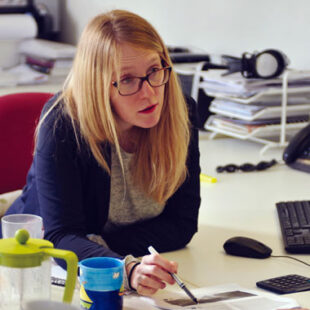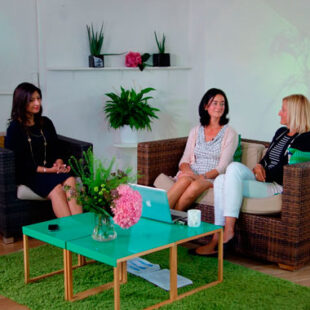Check you have the right area
The first thing to establish is whether you are targeting the right area. The ‘patch’ the newspaper or broadcaster covers can vary and they don’t always follow standard county boundaries. If your story falls outside of their patch it will be a non-starter.
Get to know your target media
Local newspapers can be daily or weekly. They may have a regional focus, such as the Yorkshire Post, or a very local focus like the Liverpool Echo. These elements will affect their deadlines, the audiences they are appealing to and the kind of stories they run. For example, a weekly paper’s bread and butter is news and photo-led stories, not in-depth features. Local radio and TV programmes are broadcast at specific times of day and are highly reactive as well as planning stories in their diaries.
If you’re not based in the area you want to target you can find out a lot about a publication by looking at its website. You can watch or listen to local TV and radio services online.
Build relationships
Establish which journalists are likely to be interested in your story; for example, is there a health or education correspondent, does someone cover a key town or area within the patch that your story relates to?
Find out when their news meetings take place each day. Don’t contact a radio or TV programme when it is being broadcast and avoid calling in the run-up to a news bulletin as staff can be busy preparing to go on air. Acknowledge deadlines and send your story in plenty of time.
Your story won’t always be used but if you have established a good relationship, the next time a journalist is looking for expert comment they are more likely to think of you.
Just being local isn’t enough
Your organisation may be based in the area you’re targeting but your story still needs to be interesting. Make sure it passes the ‘so what’ test; does it tell local audiences something new, surprising or something that will impact on their lives where they live?
You can also give a national story local relevance. You may have a spokesperson or case study in the area. Offer comment; the journalist may not have considered coming to you so you may be a different and interesting addition to their piece. But make sure there is value in what you can provide. Tenuous links or sales puff will be seen through straight away.
Tailor your press release
You might be sending a press release to a number of regions. Make sure you have highlighted what is of particular interest to each area you’re targeting. Think carefully about your email subject line. You only have a few words with which to grab a journalist’s attention so make sure your local angle is in there.
Include a tweet
Offer journalists a tweet in your press release. With a small team and tight deadlines, it means your story has a greater chance of being shared on social media. You might also want to include a NIB (news in brief) paragraph so that your story can be used quickly and easily.
Don’t forget images and audio
Local media, especially weekly newspapers, often have very few staff. Having strong images to share means they don’t need to send out a photographer. Footage or audio for TV or radio can also help your story to get coverage. Make sure it is short and in the format they use. They won’t want to spend hours editing down half an hour’s material for a 20 second clip. Images, whether stills or footage, can also be used on social media so they add value to what you can offer a journalist.
Be contactable out of hours
Many staff in local media work outside the hours of 9:00–5:00. The show with the biggest audience in local radio, for example, is breakfast and if a story breaks that you could contribute to, you don’t want to miss out because you only gave the journalist your office number.




